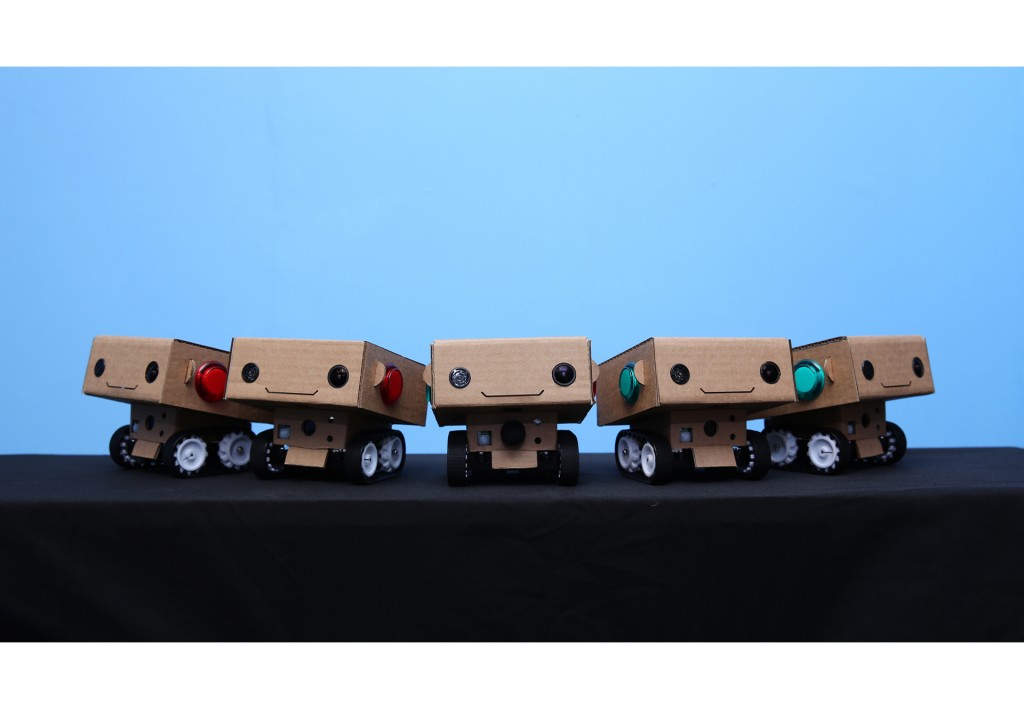
“Audiences are way ahead of us,” said Ingrid Kopp, director of digital initiatives at the Tribeca Film Institute and programmer of the Tribeca Film Festival’s new Storyscapes initiative.
A first-time project for the festival, Storyscapes is an interactive showcase in which audiences experiment with the medium of film in several unique ways. Through five different installations, Storyscapes allows audiences to become “part of the story” and experience movies in a non-traditional manner.
“I think Tribeca’s always been really interested in looking to see what’s coming down the pipeline and making sure the festival is really part of the conversation of where media is going, what audiences are getting excited about,” Kopp said.
When choosing the five installations for Storyscapes, Kopp considered anything that is not labeled as a linear film. What she ended up choosing was a mixture of installations that covered a number of diverse topics, from insomnia to Hurricane Sandy to “Star Wars.”
“Sandy Storyline” is a growing documentary where audiences can share their own stories of the hurricane that occurred this past October, through the use of audio, photography, text and video.
“A Journal of Insomnia” is a space designed to look like a bedroom where participants can view real stories of insomnia and then share their own.
“‘Star Wars’ Uncut” puts audience members in the director’s seat when designing “The Empire Strikes Back.” Using clips of the film broken down into 15-second segments and remade into animations and re-enactments by people across the world, audiences can be Jedi Knights of their own “Star Wars” film.
Inspired by the parlor game commonly known as exquisite corpse, the “Exquisite Forest” exhibition allows players to piece together an animated forest by contributing their own designs of trees.
“Robots in Residence” provides yet another collaborative experience, but this time the interaction takes place between humans and robots. Participants can check out a robot — each containing cameras for eyes — and then take the robot out on the streets of New York. The robots, which interview participants, help explore how people can open up to artificial intelligences in ways they cannot, or will not, to fellow humans.
“I hope [audiences] get really excited about the potential for what stories can do,” Kopp said.
Jeremy Grossman is film editor. Email him at [email protected].





















































































































































